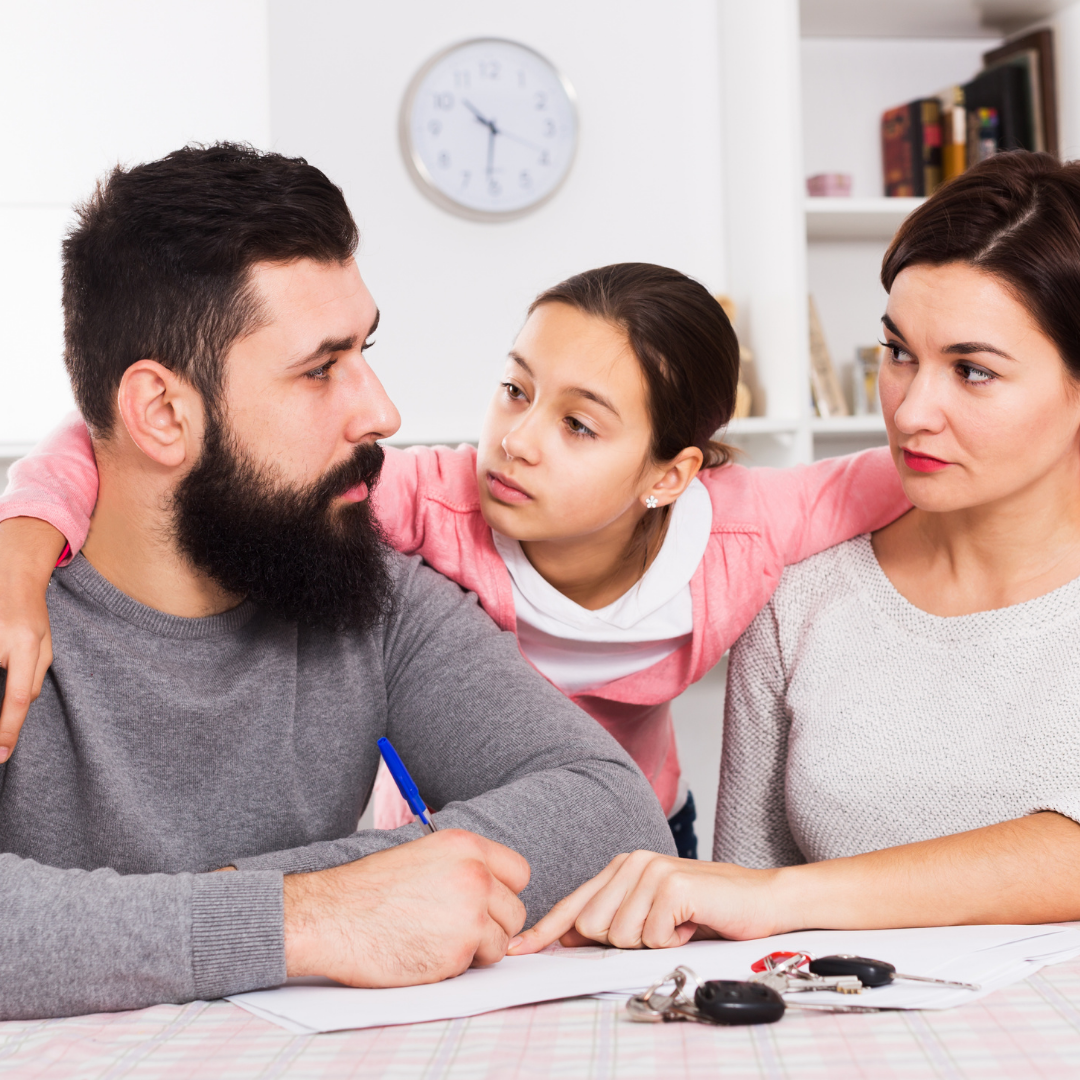Braving the Conversation
How to start a conversation about sexual violence
Whether it is Sexual Assault Awareness Month, Child Abuse Prevention Month or life brings this issue to your doorstep, the dilemma of how to start and have a conversation about sexual violence is challenging.
Much like the subject matter itself, having a brave conversation about sexual violence is nuanced and situation dependent. In Brave Step’s mission to foster brave conversations about sexual violence, we want to equip you with the tools and brave steps to take when talking about sexual violence.
Keep in mind some situations may require more extensive help and support and/or may be a part of an ongoing investigation.

“Make it clear that you believe the individual and that it is not her/his/their fault.”
Where do I start?
As you begin to plan for this conversation, prepare yourself and how you might respond.
Based on the statistics that one in four women and one in six men are sexually violated by the age of 18 and every 68 seconds someone is sexually assaulted in the United States, you may be surprised to learn that the person you are speaking to is, in fact, a survivor.
In case they are, here are some helpful suggestions.
- Make it clear that you believe the individual and that it is not her/his/their fault.
- Do not deny or minimize the abuse.
- Do not blame and shame the survivor.
- Be present and patient.
- Ensure the individual is safe, physically and mentally.
- Alert the proper authorities, if needed.
- Refer to professional care and resources.
It is important that we, as adults, make intentional efforts to educate family members and friends on the subject matter of sexual violence. Before you can do that, you need to be educated yourself.
Brave Step has compiled a number of trauma-focused resources on its Changemaker portal to begin the education process.
Also, recent Changemaker trainings such as author and advocate Jayneen Sander’s talk on Consent and Body Safety as well as Pat’s Place presentation on online grooming are great resources.
To teach children about sexual violence, it is helpful to start as early as possible.
Using books from Educate2Empower’s lineup or short videos like Consent for Kids are a great tool to open up the conversation. Additionally, Brave Step’s “Color It Blue” campaign for Sexual Assault Awareness Month is a great conversation starter with other adults.
Here are several steps to begin the education process and dialogue:
- Teach children to properly name their body parts. Don’t use nicknames or “cute” names.
- Educate children that they have the power to say “no” and understand that their body is their own.
- Explain the difference between a safe touch and unsafe touch. Here is a great informational video from Darkness To Light: https://www.d2l.org/education/additional-training/healthy-touch-children/.
- Engage the child in identifying a network of adults that the child feels safe going to and trusts.
- It’s also helpful that you encourage conversations on difficult topics. This sets the example that you are trusted and supportive even when the subject matter is difficult.
- Provide examples at age-appropriate levels of what a good secret might be and a bad secret. https://youtu.be/ko9WIvZQ2Xc
This is only a starting point.
Conversations about sexual abuse, assault, body boundaries, safe or unsafe touches, among many other topics, should be an ongoing dialogue and evolve as a child you care for grows and matures.
Here are additional resources that may prove helpful in navigating conversations on this prevalent and complex topic.
Visit Brave Step’s Changemaker portal for additional resources and join an upcoming Changemaker training.






